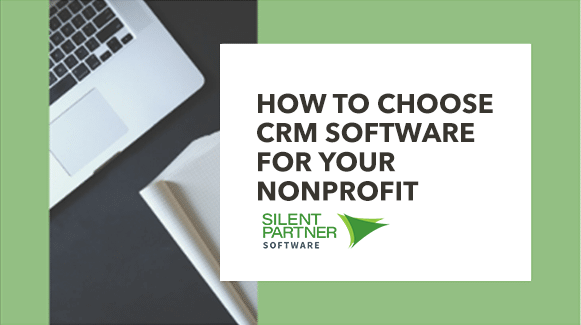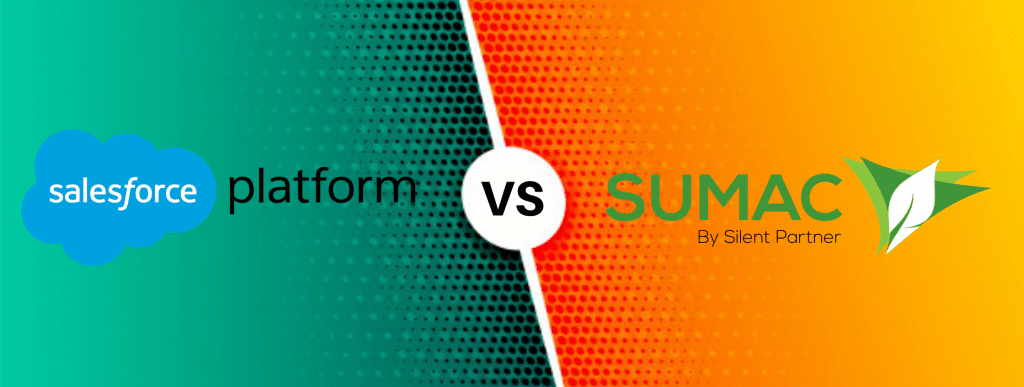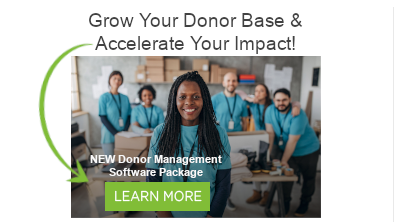Bob and Jean Smith have a terrific idea for a non-profit business in their community: they want to provide low-cost, high-quality childcare for single teen mothers so that they can complete high school and/or get to work. Bob has worked as a social worker, and Jean is a teacher, so they have some experience with the issues facing teen mothers. They do not, however, have any money behind them, nor do they have experience with starting or running a childcare center. Each of them needs a salary of at least $40,000 per year, and of course they will need space, staff, supplies, services, and transportation (so that they can transport the girls back and forth from the daycare center to their school or workplace).
The Smiths are not worried about funding: they believe they can apply for and win grants to support their new enterprise. After all – many funding agencies do give to support youth and child services, and they have all kinds of statistics supporting the need in their local community. They have letters of interest from several schools and employers, and letters of support from the school district. All their friends are enthusiastic, and say this is a great idea.
What the Smiths don’t understand is that – at this point – their project is NOT grant fundable. Perhaps, in the future, it will be. But right now, they simply don’t have what it takes to craft an appropriate and credible proposal that can compete with those of other non-profits. That doesn’t mean they can’t raise money – but it does mean that grants are not the way to go.
Why not? Take a look at these tips, and you’ll have a better understanding of why the Smiths should be looking at non-grant funding sources as they get up and running.
Tip #1: Have proper tax status, a track record and audited financials.
You may have the greatest idea since sliced bread, but if you just started up last week, have no track record, and no financial documents to share, you will not win a grant. You may be able to raise money from friends, community organizations, or “angels” – but you are not ready to compete for grant money. One way to get around this issue is to apply for a grant under the “umbrella” of another well-established non-profit that shares your goals.
Tip #2: Don’t reinvent the wheel.
The Smiths have a terrific idea, but they may not be aware that the Y is already providing an almost-identical program down the road. A foundation is likely to ask the very reasonable question “why aren’t you collaborating with the Y?” And if the Smiths are unaware of the Y’s program, they clearly haven’t done their basic research. By the way: there’s no shame in collaboration!
Tip #3: Have a project that is grant-fundable.
Foundations and agencies are not in the business of paying your salary for the foreseeable future. Instead, they want to fund projects and programs they care about – and which they believe will be effective for the people whom they wish to serve. Some portion of salaries may be included in project or program grants, but the bottom line is that grant funding goes to projects that are clearly defined, time-limited, and evaluable. It’s tempting to say “yes, but if they fund my salary and benefits for a year, they’ll see enormous outcomes,” but it just doesn’t work that way.
Grant fundable: $10,000 to support the development, testing, refinement, and implementation of an online life skills curriculum for single teen mothers.
Not fundable: $10,000 per year to support the salary of Bob Smith, Administrative Director of the Smith Childcare Center.
Tip #4: Have an achievable goal.
It is tempting to reach for the stars when writing a grant proposal – after all, the bigger the outcome, the more likely you are to get a grant, right? Wrong. The true test of your goal is whether or not it is achievable given your resources. If the Smiths tell funders “we will serve 1,000 children in our first year, and 10,000 in our second year with top quality childcare, while young mothers’ grades and/or job stability will improve by 50%,” a funder will respond “sure, and I bet they want to sell me the Brooklyn Bridge, too.” The Smiths are two inexperienced people with no staff, no space, and no resources. Their challenge is to come up with a challenging but credible set of goals that can be achieved and will be important steps forward in their long term hopes.
Tip #5: Have an appropriate budget.
Imagine a grant proposal that requests $100,000 to provide a one-week camp experience for 10 underprivileged children with behavior problems. By dividing the grant amount by the number of children served, you can easily see that the grant writer is asking for $10,000 per child for a single week! How could the budget get so big? The grant writers may be including rental of the camp grounds, payment for counselors and therapists, food, training, and transportation – but even so, the bottom line is too big for serious consideration. A better option would be to work with an established camp and trained counselors to cut costs to a more reasonable $1,000/child/week.
Tip #6: Have a legitimate case for support.
The Smiths have a real case for support: they have statistics to show that there is a large population of teens and young children to be served, and that high quality childcare and transportation services can improve outcomes for both groups. But what about the request for $50,000 to support the construction of a playground in a town that already has three safe, well-used playgrounds? Or the proposal asking for $100,000 to provide an arts program for what is clearly a wealthy community of retirees? These projects aren’t “bad” or “wrong,” but they are probably not grant-fundable projects.
Tip #7: Approach the right foundation.
It’s easy to find long lists of foundations that support “youth,” “health,” or “education.” But the devil is in the details. Before considering any foundation for grant support, double check their guidelines to be sure they are really appropriate for your project, location, amount, and institutional type:
- Check interests (do this foundation’s interests really match your project? Avoid the temptation to change your mission to fit a funder’s interests)
- Check grant-making history (have they given to your type of project in the past?)
- Check limitations (geographic, types of giving, amounts, types of organizations funded, etc.)
- Check gift sizes (too big, too small)
- Check deadlines (too soon, too far off)
- Check for matching, challenge and/or matching gift concerns (can you really afford this grant?)
- Review guidelines overall (too complex? Expectations too great?)
Tip #8: Be ready to write your proposal.
Imagine that the Smiths have worked out many of their challenges. They will start their program small, they will provide services NOT provided by the Y, they have found a little seed money to hire an accountant, and they will keep their day jobs until their non-profit is on its feet. Are they ready to write a grant? The answer is NO – because they don’t have the details they need to write a persuasive proposal. Before getting started on a grant proposal, they need to know exactly what they plan to do, when they plan to do it, who will handle which aspect of the project, and how they will know they are successful. For example, they’d need to be able to answer these questions (or, at the very least, be able to say how those questions will be answered once the program is funded):
- Where will your program be held, and do you have the right to use that space? Why is that space appropriate and affordable?
- How will you reach out to market your program – and/or how will you select participants?
- Who is running the program, and why are they qualified?
- Who is the staff involved with the program and why are they qualified?
- How often and during what hours will you run the program?
- What activities will the program include?
- What are the specific goals of the program?
- How will you determine whether the program is successful?
- Do you have all the licenses and permissions you need to run the program?
- Do you have the capability to manage the physical and financial aspects of the program (e.g., physical plant, nurse/first aid, payroll, etc.)?
In some cases, you may be presenting a “probable” rather than a “definite” answer to a question – and it’s fine to say that (“we anticipate enrolling approximately 10 children in the first semester and 15 in the second semester”).
Tip #9: Follow the Guidelines.
Most funding agencies provide very specific guidelines for proposal preparation. Follow them. If you don’t follow them, your proposal will be discarded. That means sticking to page length, margin sizes, font and point sizes. It means answering the questions directly and clearly. It means providing any supporting documents requested. Most importantly, it means SUBMITTING ON TIME. A late proposal is the same as no proposal at all. If you have questions, by all means call or write the funder and ask – don’t guess.
Tip #10: Write, Review, Rewrite.
It isn’t always easy to craft a compelling, coherent, logical proposal within a funder’s constraints. So write it once, and then ask several reviewers for their response. Be sure that one of your reviewers knows almost nothing about your project or its context. Revise carefully, proof, and check again before sending. Any errors could send a negative message.
After reading all these tips, you may be saying to yourself “wow, grant writing is harder than I thought.” If that’s the case, you’re on the right track. Grant writing is a competitive sport that requires a solid organization, a well-conceived project, and good, focused writing. If you’re not ready to write a proposal, then don’t! Take your time, get your ducks in a row, and plan enough time to do the job right.
Download Your Free Guide on Choosing CRM Software for Your Nonprofit!





